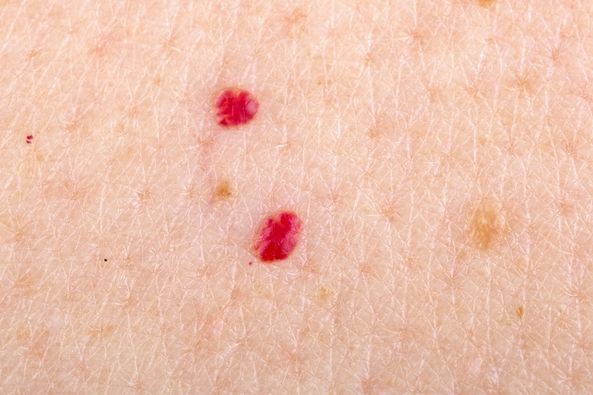Sandra Bullock is slated to star with Brad Pitt in the upcoming movie Bullet Train after recently finding success in the action comedy The Lost City opposite Channing Tatum. The movie’s trailer was just made public. Outside of the movie industry, 57-year-old Bullock has talked about a time in her life when she was under a lot of stress and began to develop anxiety and alopecia.
The actress, who is now starring in the 1994 film Speed on ITV4, revealed a few years ago that she once thought she was going to pass away due to a sequence of stressful life events that had a negative physical impact on her body.
Bullock revealed that after a stalker broke into her home, the last straw in a string of tragic events, she “wasn’t the same” during a chat with Jada Pinkett Smith, Willow Smith, and Adrienne Banfield Norris.
Bullock revealed in the lead-up to the break-in that the first stressful event involved her son Louis, who had a grand mal seizure and left her fearing for his life.

Some people link an epileptic fit with a grand mal seizure, sometimes called a tonic-clonic seizure. This sort of seizure can occasionally be brought on by other medical conditions, such as:
reduced blood sugar
extreme fever
Stroke.
The “tonic” stage and the “clonic” stage are two stages that these kinds of seizures frequently go through. People typically lose consciousness in the initial stage. People may become rigid and drop to the ground.
Bullock revealed in the lead-up to the break-in that the first stressful event involved her son Louis, who had a grand mal seizure and left her fearing for his life.
Some people link an epileptic fit with a grand mal seizure, sometimes called a tonic-clonic seizure. This sort of seizure can occasionally be brought on by other medical conditions, such as:

Bullock was anxious about her young son’s horrific experience. She was bitten by a toxic spider a few days later, and things only got worse from there as her hair began to fall out in clumps.
I was thinking that my body was going to break when I looked at it, the actress recalled. It wasn’t reacting to what was going very well.
“My hair begins to thinning. Everywhere I look, I have alopecia spots. I’m laying out my hair by the bathtub and counting to three.
“I had to genuinely take stock because, if I can’t get it together, I’m going to die. Although I can nearly always manage almost everything, my body will experience something that I am powerless to prevent.
Bullock’s house invasion while she was hiding in the closet led to the development of “severe anxiety” and post-traumatic stress disorder (PTSD), in addition to her alopecia.
The actress described her home being broken into while she was there in an emotional manner. “I’m thinking, ‘This doesn’t end good,’ as I’m in the closet. It won’t help that I’m in the closet. Louis wasn’t with me that one night only.
“Our nanny said, “Let me simply take him to my apartment, which is up the street, because you’re going to be out late,” on the one occasion when she did this. If he had been home, I would have hurried to the closet—which is now officially my but was once his bedroom—and it would have permanently altered our course.”
The actress sought counseling after the incident, specifically eye movement desensitization and reprocessing therapy, describing it as her “unravelling” process (EMDR).
With the use of side-to-side eye movements and talk therapy, EMDR helps people deal with the pictures, feelings, beliefs, and physical sensations connected to traumatic memories that can lead to a variety of mental health issues.
“There can be a tremendous transition from someone who is constantly reminded of a traumatic event and all of the unpleasant symptoms, to feeling like it is behind them and not of consequence anymore,” said Dr. Justin Havens, an EMDR consultant.
“Using EMDR can jump-start your body’s natural healing and recovery process after a trauma. As you recover from the inside out, your therapist is at your side.
Bullock found this kind of therapy to be effective in helping her deal with her PTSD and reduce the tremendous stress that was causing her alopecia.
The biological reaction of those with PTSD to high stress or terror is long-lasting as opposed to a quick reaction to an instant threat or fear.
In other words, even when there isn’t a threat, the body sends hormonal signals to shut down non-essential processes (including digestion, skin healing, and hair growth) so that energy can be focused on acting on our innate responses to danger. This may help some people understand why they start losing their hair after receiving a PTSD diagnosis.
It’s crucial to massage the scalp gently and stay away from scorching the hair with tools or harsh chemicals when treating PTSD in people who are losing their hair. If you have sensitive and troublesome bald spots, a dermatologist can advise you on scalp treatments that work.
Other typical PTSD symptoms include the following:
flashbacks, nightmares
Pain
Sweating
Nausea
avoiding specific individuals or locations
feeling uneasy (hyperarousal)
Headaches
stomach aches



